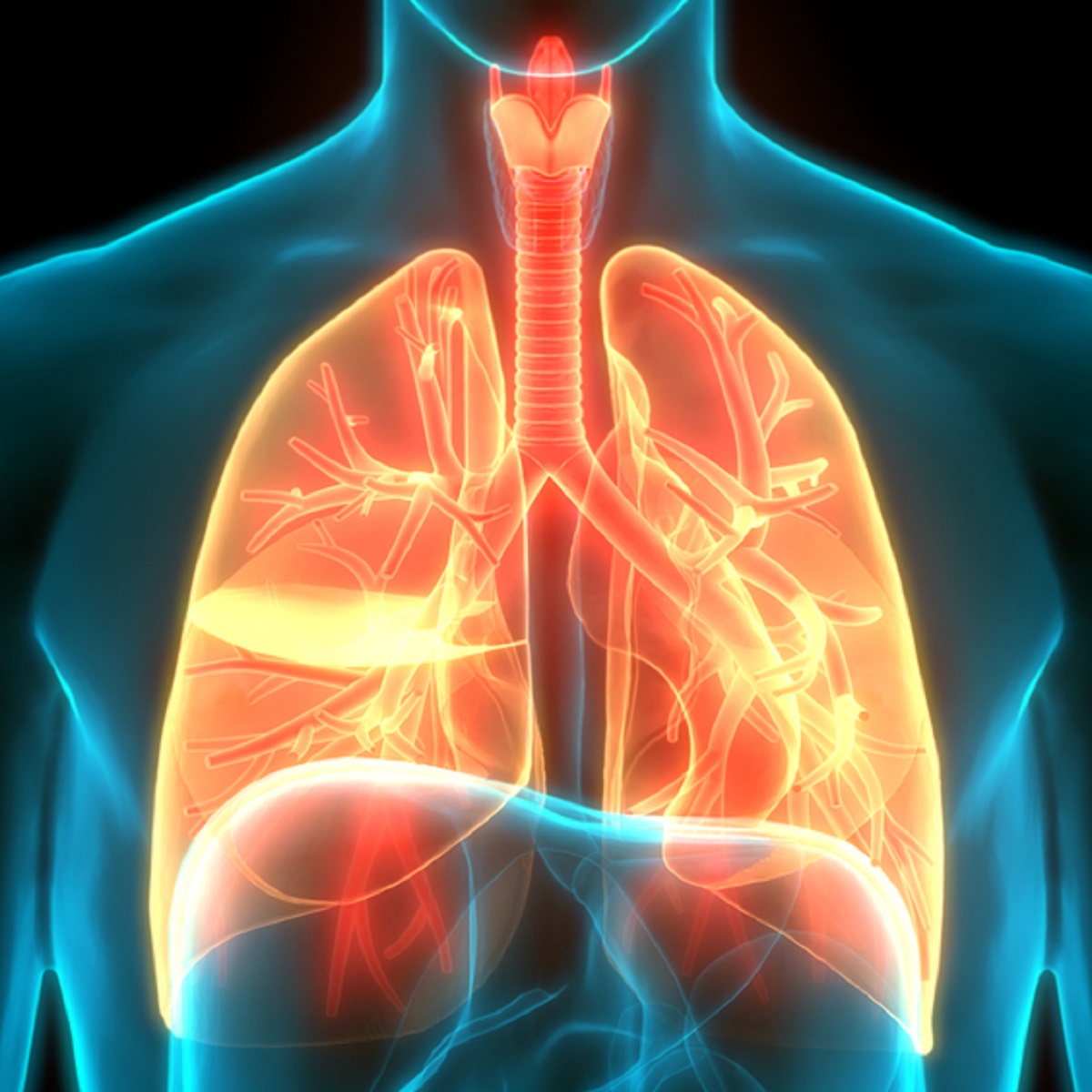4 Home Remedies to Treat Carbuncles
Table of Content
If these glands become blocked, they can develop into cysts, and the cysts could become infected. In most cases, a vaginal area boil develops when a hair follicle becomes impacted and an infection develops. Most boils heal on their own with basic at home care and good hygiene within 3 weeks of forming. A person should seek medical attention for large or complicated boils.
Some drink a teaspoon of turmeric and water once weekly to prevent the occurrence of carbuncles. In addition to these remedies, it is very important to take preventive measures. Thsi means keeping items of personal nature, personal as well as cleaning all washcloths used in compression. You should also avoid poking at the carbuncle as this only increases the risk of new infections. If the carbuncle does not heal after more than 2 weeks, make sure you see a doctor for professional medical attention. Boils and carbuncles are skin infections that are caused by the Staphylococcus aureus bacteria.
Black Seed Oil
However, you can try these effective home remedies to treat carbuncles at home. Avoid sharing personal items with other people to reduce your risk. Don’t share towels, clothes, or gym equipment with other people to minimize your risk of getting carbuncles. Be especially careful if someone already has a carbuncle. Small carbuncles can drain and heal on their own within 2 weeks. The good news is most carbuncles will heal up on their own, even without treatment.
Add the water to a bath of lukewarm water and soak for 30 minutes, repeating daily until the boils have cleared up. There’s not much evidence to support the routine use of neem oil for boils. Using an oil-based product on your skin may prevent drainage of the boil and lead to further clogging of hair follicles. Oil-based products can also contribute to breakouts if you’re acne-prone.
Onion
Stir it well and soak the boil infested area of the skin in this saline water for few minutes. Take it out and allow it to air dry naturally. Follow this process once daily until the boil is completely recovered. Take a few drops of tea tree oil and smear it on the boil and the skin surrounding it. If it irritates your skin, then you can dilute the oil with some water.
Gently use the swab to apply the oil onto the infected area. Carefully dispose of the used swab and do not make contact with uninfected parts of your skin to prevent the spread of further infections. Turmeric has long been used to treat staph infections including boils. You can purchase this traditional Ayurvedic spice in powder form from many Indian grocery stores. It is commonly used as an anti-inflammatory and blood purifier.
Cast out boils with castor oil
For quick results, repeat the process several times in a day. A carbuncle is a red, swollen, and painful cluster of boils that are connected to each other under the skin. A boil is an infection of a hair follicle that has a small collection of pus under the skin.
Some evidence does suggest it may help with various skin conditions, including wound healing and viral or fungal infections. A sample of the pus may be sent to the lab for testing. Castor oil is extracted from the plant’s seeds, and is commonly used in treating carbuncles. The oil is rich in ricinoleic acid that works as an excellent anti-inflammatory. This provides pain relief and enhances the drainage of the carbuncle.
Why Do I Keep Getting Boils?
They can be used to treat carbuncles by chemically heating them, drawing blood to the infected area. To use this method, cut a thick onion slice and place it over the carbuncle. Replace the onion every three to four hours until the boils come to a head and drain.

Carbuncles mostly occur in moist parts like nose, mouth, groin, thighs, and armpits. Apart from catching it from an infected person, you can develop carbuncles with poor hygiene, diabetes, a weak immune system, liver disease, and dermatitis. Some boils, however, don’t respond to self-care treatments.
Shower or bathe regularly and use a mild antibacterial soap to keep your skin clean. Wash your hands often, especially if you already have a carbuncle to avoid spreading the bacteria to other regions. Go to a doctor if a boil is on your face, rectum, groin, or spine. Carbuncles that develop on sensitive regions, such as your rectum and groin, may need to be drained by a medical professional.

If bacteria are able to penetrate your skin barrier, it can cause a carbuncle. Skin conditions such as acne and eczema, which can create openings for bacteria to get into your skin, can increase your risk of developing carbuncles. In some cases, this infection may spread to the surrounding hair follicles and tissue, causing multiple interconnected boils in a small localized area. This collection of boils is referred to as a carbuncle. Before and after you touch your genitals, wash your hands with an antibacterial soap.
Caffeine products may worsen the condition of boils. Wash your hands to prevent bacteria from infecting the skin. To draw out pus, use a marshmallow leaf or figwort as a bandage on the boil.
These develop when several hair follicles in a localized area of the skin get infected by bacteria. Larger, more severe vaginal boils, or those that have become infected, will likely need to be lanced and drained, and possibly treated with antibiotics. The bacteria responsible for a boil is easily transmitted if you share razors, towels, wash cloths, and other personal items. Keep these items stored away and don’t share them with other people. Most boils will remain small and can be treated at home. But if the infection grows larger, begins to spread, or shows signs of worsening, you may need medical treatment from a doctor.
Comments
Post a Comment